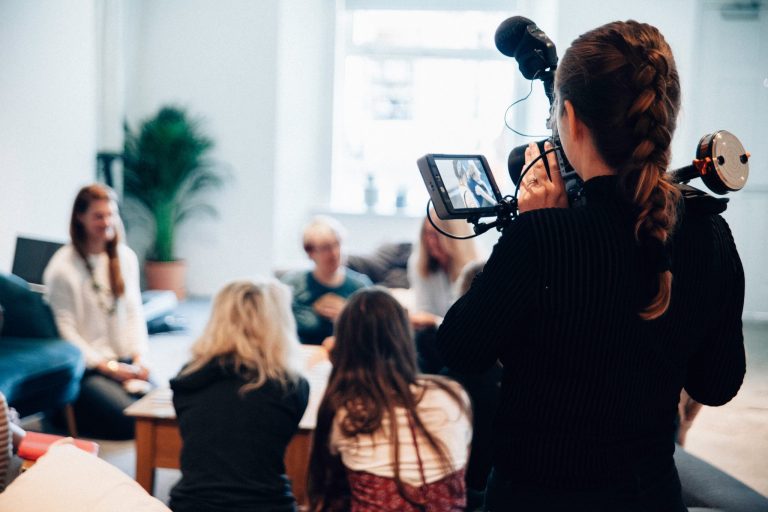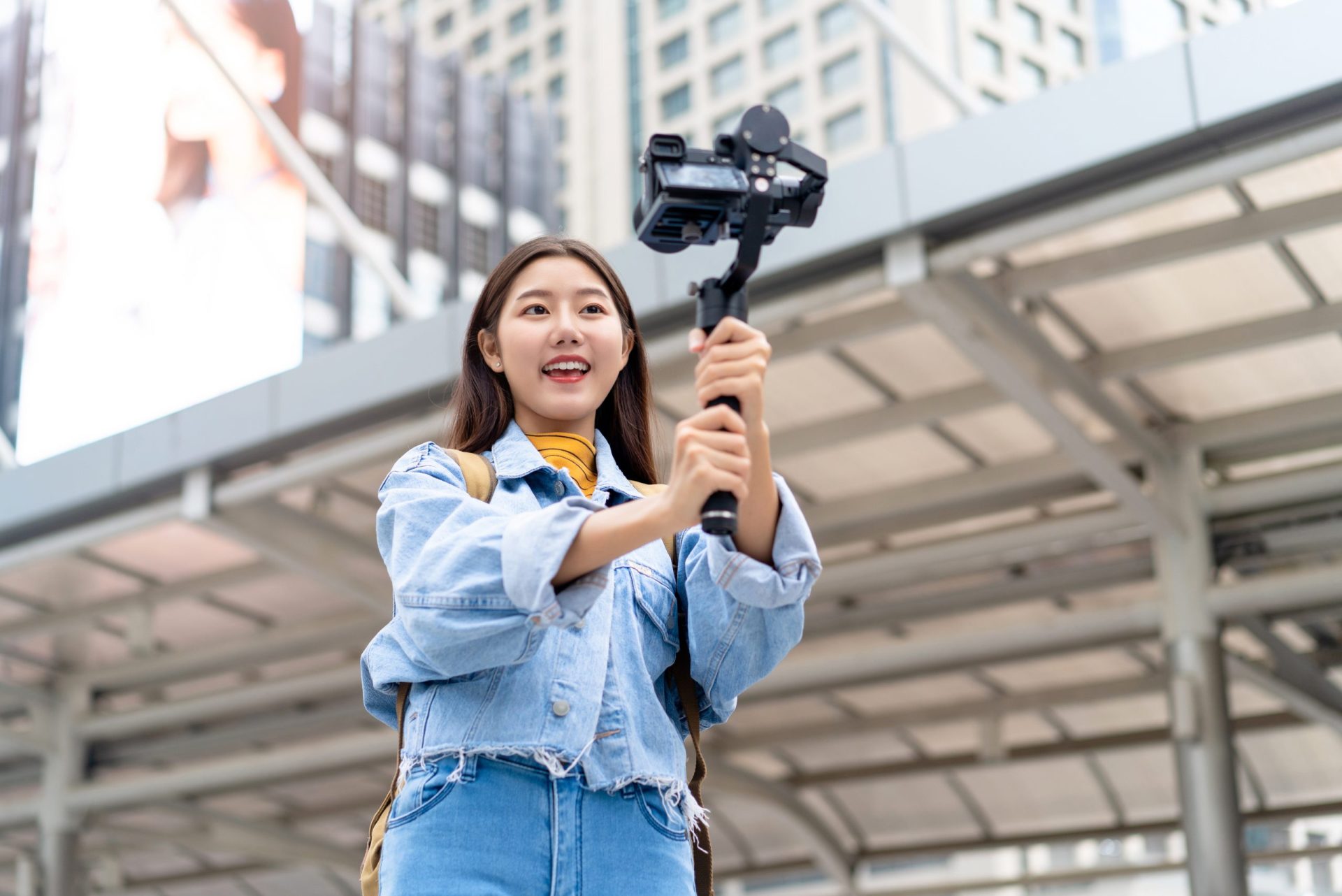What is a video diary?
A video diary is often a personal view of how you (or your participants) feel about the experience you are undertaking. It usually contains thoughts spoken directly and intimately to the camera.
Most video diaries will be a self-shot piece to the camera. Occasionally, a video diary can capture an event with the participant explaining what is happening as the event continues. Alternatively, you may want to make a piece to the camera explaining what has happened during the day.
When should you use a video diary?
As part of your Turing Scheme project, you may want to use a video diary in one of the following ways:
- for participants to explain their motivations for wanting to take part in the placement – this works well as a recruitment tool
- for participants to capture their activities while on placement – these can be used as promotional videos for recruiting future participants or to support participants to reflect and report on their time abroad
- for participants to record a short piece to camera before they go abroad looking at their expectations, while abroad to reflect on whether the placement is meeting their expectations, and after their placement to share what they learned and how they feel about the experience
- for project coordinators to reflect on the experience of managing a Turing Scheme project or working with partners
- for accompanying staff to keep a diary of the activities while abroad – this can be helpful for reporting on activities or as a promotional tool for future recruitment
These are just a few ideas, but video diaries can be used for plenty more purposes so don’t be afraid to get creative.
Setting up your Turing Scheme video diary

Video diaries can be recorded on camcorders or digital cameras. However, most people will use a mobile phone. Here are a few things to consider when getting set up.
Selfie style or tripod
When taking your video, you could mimic a selfie and hold the camera out in front of you or use a tripod. Mobile phone tripods, stands and grips are cheaply available and provide a more stable image. If you can’t find a tripod, use books or other such items to bring your device up to eye level.
Clean the lens
Phones tend to live in pockets and are not always free of dust and smears. Give your phone lens a wipe with a dry, lint-free cloth before getting started.
Turn off notifications
Don’t forget to turn off any notification beeps while you are filming to avoid interruptions.
Deciding on the camera and settings to use
Most modern phones have front and rear-facing cameras. The rear camera is usually superior to the front-facing camera.
Regardless of the camera chosen, try to use the best setting available. This will usually be 1080P, but you may find that your phone offers ultra-high-definition video.
Orientation
It is also worth considering the orientation of the device on which your video diary will be viewed. Portrait tends to be the viewing standard on mobile phones, while tv and computer monitors tend to use landscape.
Microphone
Audio for video diaries is usually sufficient from a built-in microphone. However, in noisy or echoey environments, you may wish to use an external microphone.
Shooting the video
Prepare your room
If you will be filming your video diary indoors it makes sense to prepare your room. While some items can lend a sense of decoration, ensure that you remove anything private or confidential from view and remove any clutter.
Listen to your room
Always listen to the room to ensure that any external noises are not loud or distracting. For example, the audio frequencies produced by air conditioners are often more audible to cameras than they are to the human ear, which is good at filtering sounds. Turn off any loud equipment while filming.
Mistakes and retakes
If you have made a mistake that you are not happy to leave in the video, simply repeat the section. Otherwise, if you have basic trimming tools (such as those found in the YouTube uploader) you can quickly remove the error.
If you do not have these basic edit tools available, then repeat the full video. Video diaries are often short, so this should not prove to be a problem.
Publishing
One of the benefits of a phone is that it can communicate directly with platforms such as YouTube, Vimeo or other social media sites.
However, it can be expensive to upload over mobile phone networks, particularly when overseas. Try to use Wi-Fi to avoid these extra charges.
For more in-depth information on project support, visit the Turing Scheme ‘manage your project’ page.






